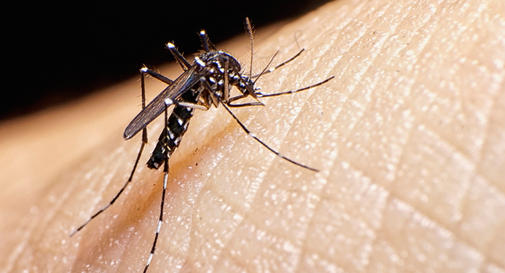We are learning more about Zika virus and the risks it poses to pregnant women, non-pregnant women, and men every day. The Centers for Disease Control and Prevention are in full epidemic prevention mode due to the facts that the virus can cause severe birth defects to a fetus developing in a pregnant woman and that the mosquito that carries the virus thrives in an urban environment. Additionally, Zika virus can be spread sexually from an infected male to his sexual partner by vaginal or anal intercourse or fellatio. The following information summarizes what we know about sexual transmission of Zika virus and how to prevent or minimize the risks for this occurring.
Researchers documented the first case of sexual transmission of Zika virus in the United States in 2008. In that case, an infected man who had recently returned from travel to an area with active mosquito borne Zika transmission had sex with a female partner. At the time of sexual intercourse, the man had not yet developed symptoms from his Zika virus infection. His female partner developed symptoms approximately one week after this sexual encounter.
The first documented case of sexual transmission of Zika virus in the United States associated with the current outbreak was reported in February 2016. There have been at least six more confirmed cases of sexual transmission of Zika virus in the United States since that first case in early February, and most researchers think the number on non-diagnosed cases is many times higher than this.
Advanced laboratory testing has demonstrated Zika virus in the semen of infected men several months after initial infection. Unfortunately, we do not have enough data to definitively know how long Zika virus typically resides in the semen of an infected man, nor do we know what the longest duration of virus in the semen is. On perhaps a positive note, sexual transmission of Zika virus from infected women to their sex partners has not been reported. However, such transmission is considered plausible.
Because of the many unknowns noted above, the CDC has issued the following conservative guidelines for prevention of sexual transmission of Zika virus for couples in which a man has traveled to or resides in an area with active Zika virus transmission in:
- a) Couples in which a woman is pregnant—
-Couples in which a woman is pregnant should use condoms consistently and correctly or abstain from sex for the duration of the pregnancy.
- b) Other couples concerned about sexual transmission—
-Couples in which a man had confirmed Zika virus infection or clinical illness consistent with Zika virus disease should use condoms or abstain from sex for at least 6 months after onset of illness.
-Couples in which a man traveled to an area with active Zika virus transmission but did not develop symptoms of Zika virus disease should consider using condoms or abstaining from sex for at least 8 weeks after the man has departed the area with active transmission.
-Couples in which a man resides in an area with active Zika virus transmission but has not developed symptoms of Zika virus disease should use condoms or abstain from sex while active transmission persists.
In April 2016 the CDC published a detailed report on information specific to women of reproductive age with possible Zika virus exposure. This report is written for physicians, but I recommend it to anyone who is concerned about Zika virus and pregnancy or anyone who wants to learn more about the topic from the most authoritative source available, The Centers for Disease Control and Prevention.
-Eric Zacharias, MD

